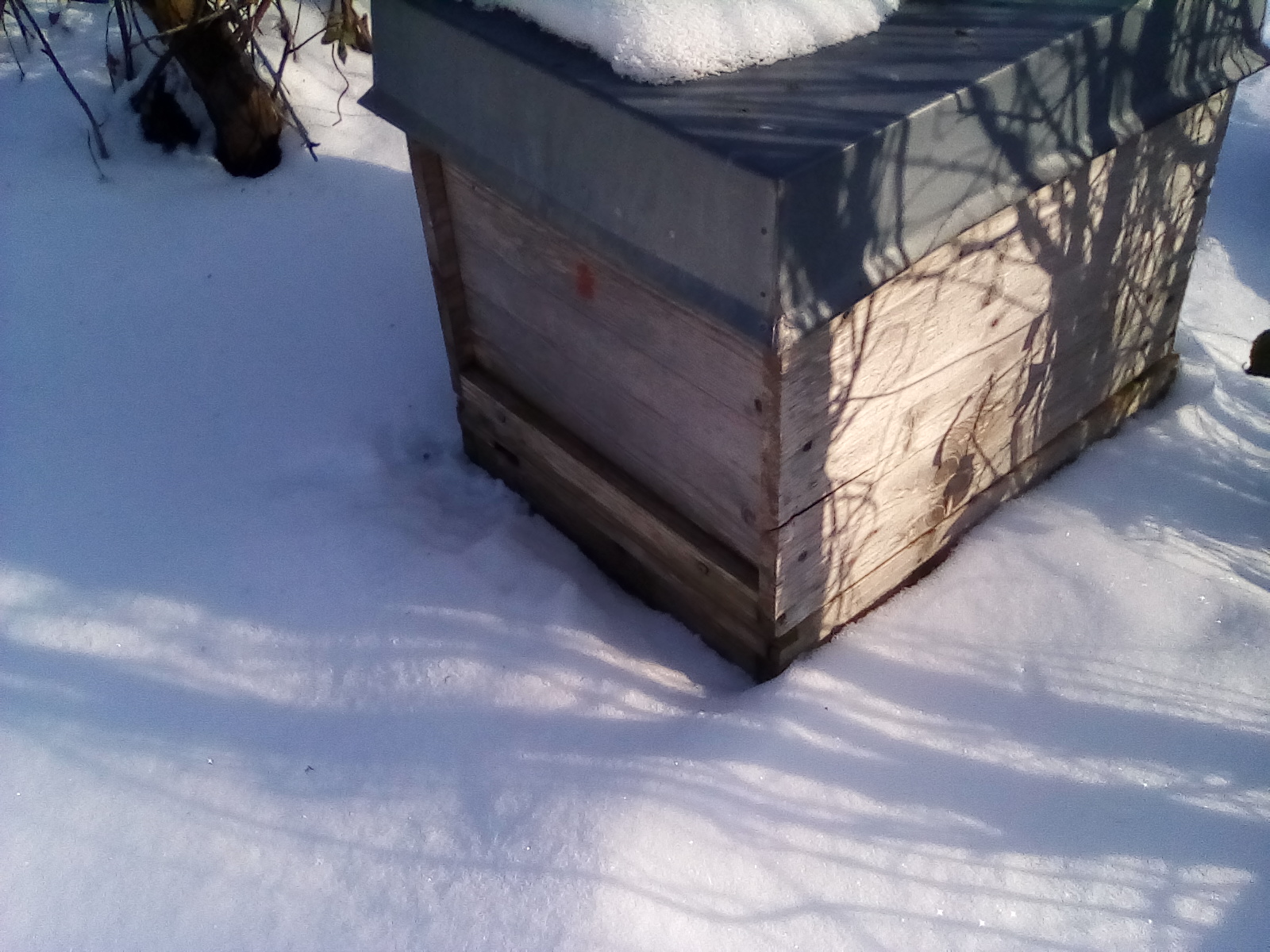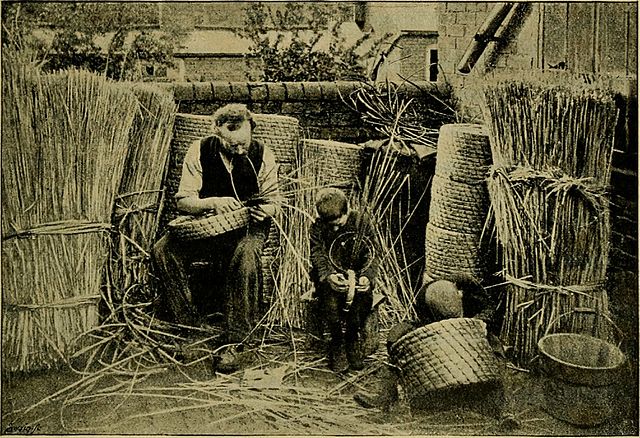In the warm months of spring and summer, when nature buzzes and flourishes, when thousands of bees can be seen on the flowers and when there is a wonderful smell of summer and vitality, it is easy to imagine how a beekeeper with his own Bees works, how he catches swarms, how he equips beehives and baskets with new colonies, how he inspects the bee colonies, looks for full honeycombs and then looks for the precious honey to be ripe at the right time. And when the time comes and the baskets and boxes almost burst with full honeycombs, then it is harvested, hurled, pressed, sifted, and bottled. Yes, these are really busy times for a beekeeper.
Towards autumn the bees have to be fed with winter food and the last inspections are made before the cold season. And the last honey harvest of late summer is still stored in the shed, waiting to be stirred, filled, weighed, and labeled. The apiaries need to be winterized, tools and empty beehives and skeps stowed away, and the year brought to a good ending. Many people can still imagine that too.

But what about actual winter? In this cold and quiet time of the bee year, there is not much to see of the industrious insects. The snow-covered boxes and baskets appear calm and lifeless in the icy winter world. No flower lures the honey collectors out, no humming sounds are made at the entrance holes, and it is far too cold to look inside the beehive. It is very clear that the beekeeper does not have much to do with his bees themselves during this time. For many, the question arises: What does a beekeeper actually do in winter? The assumptions are mostly in the direction of lazing around in the warm home on long-term winter holidays. In short: the beekeeper must be unemployed in winter.
Of course, that’s not true. The bee year offers enough to do in the cold season to keep the beekeeper busy. In the traditional heather beekeeping, in which the bees were held in the typical skeps, called Lüneburger Stülper, winter was the time to repair old empty skeps so that they were ready for use again for the many swarms and young colonies in the next spring. The skeps, woven from rye straw, were tied together with ribbons made from blackberry tendrils or hazel bark and coated with a layer of Maibutter (the cattle’s first droppings when they come to pasture in spring), and many of these natural materials become brittle and loosen over time. It had to be repaired and renewed. Remnants of old combs and prpolis residues had to be scraped out of old skeps and the outer layer, which protects the straw baskets from the weather, was scrubbed off so that it could be freshly applied in spring. It was also necessary to replace the number of baskets that can no longer be repaired with new skeps that were woven from scratch. This monotonous work was carried out in the warm home by the blazing fireplace in winter meditation. In the warm bee months, there was no free hour for such very time-consuming work.

Winter was also the time when the beeswax, which was pressed into raw wax blocks with large wooden wax presses after the honey was harvested, was cleaned and melted down for further processing. The stoves and fireplaces, which were already burning in winter, were used for this purpose. Only a fool would have come up with the idea to light a fire that burns for hours on warm summer days to slowly melt down wax and thus waste the precious firewood. So winter was also the time to pour and draw candles. Drawing candles, like skep weaving, is a monotonous and meditative work that could be wonderfully carried out in the warm rooms of the home in the glow of candlelight.

So the beekeepers, like the bees themselves, sat in the warm home in the winter months, well-protected from the winter temperatures until spring lures work outside again. And just like in the hives and skeps, which look lifeless from the outside, but which are full of busy bees inside the winter cluster, which are already starting to incubate the new young bees for spring, the beekeepers themselves were not lazy in their solitude but busy preparing for the next bee year so that on the first warm sunny days in spring, life was full of strength again and ready to burst back into the world.
The times of traditional heather beekeeping are of course long gone and even if there are still a few idealists (e.g. myself) who continue to use old skeps, at least a lot has changed in people’s living conditions. Nevertheless, even for the modern beekeeper, winter is not so dissimilar to the old days. In modern beekeeping, too, it is now important to repair the old beehives and skeps, to build new beehives and skeps, and to free old empty hives from wax residues. In conventional beekeeping, which works with movable wooden frames into which panels made of beeswax are embedded, making these frames and soldering the honeycomb panels is a popular (or unpopular for many, because it is very time-consuming and monotonous) works. Even today, the beeswax that has accumulated over the year is often prepared in winter and then processed into beeswax candles, which are particularly popular during Christmas. Many beekeepers now produce almost all their candle supplies for the next year. And often there are still many full honey buckets in the warehouses, which now have to be filled and labeled after the first glasses of the last harvest have been sold and there is new space on the shelves for more.
And then of course there is also the marketing, which ideally does not rest all year round.
So there is enough for the beekeeper to do even in winter.
Text: Fabian Kalis
Image source: Fabian Kalis / Internet Archive Book Images, No restrictions, via Wikimedia Commons / Simon Speed, CC0, via Wikimedia Commons